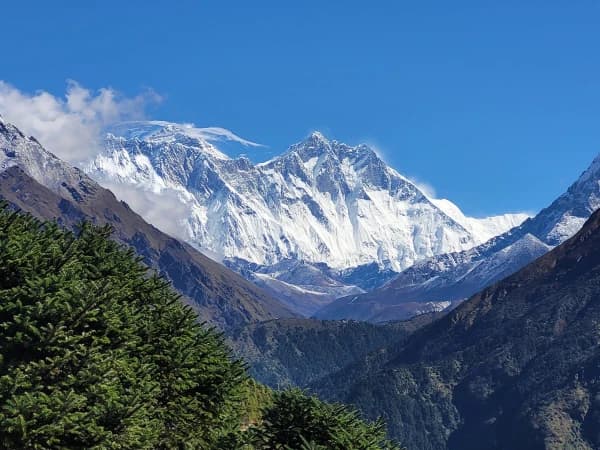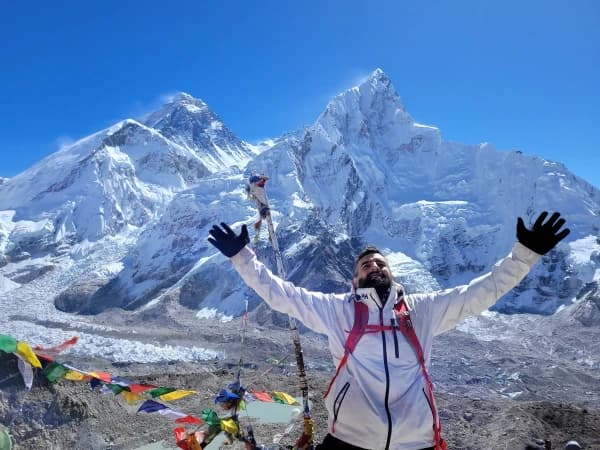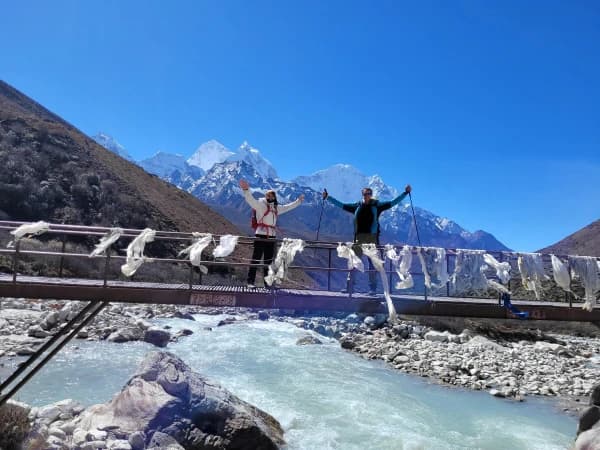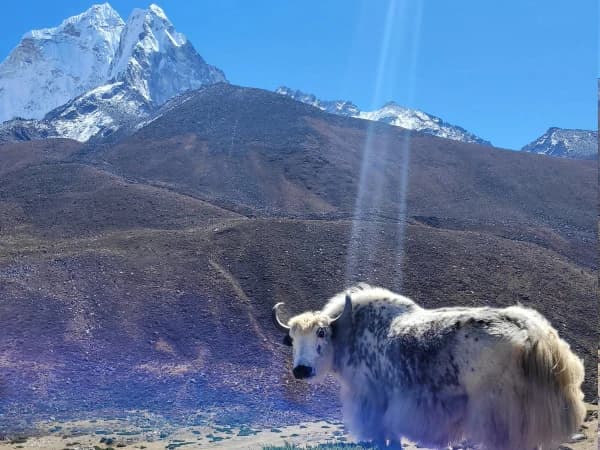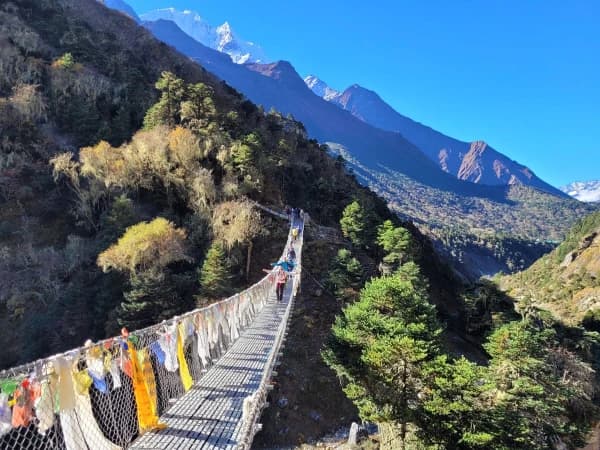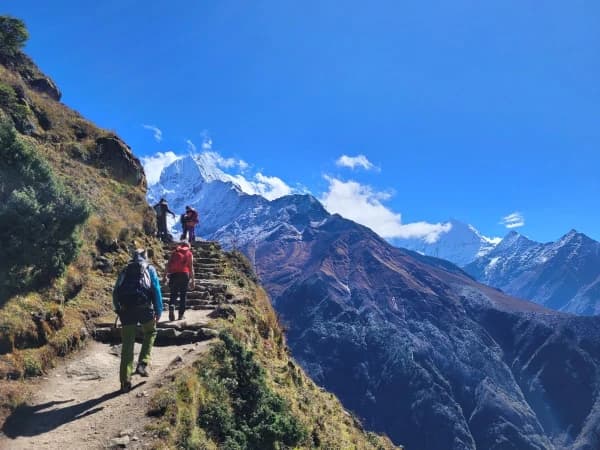Few adventures capture the imagination quite like the Everest Base Camp Trek — a legendary journey through the heart of the Himalayas that perhaps is the bucket list of all travellers.
Over 15 days, this trek takes you through some of the most inspiring landscapes on Earth, leading you on foot to the foot of the world’s tallest peak, Mount Everest, or if you prefer to call it by its local names, Sagarmatha in Nepali and Chomolungma, the Tibetan “Goddess Mother of the World”.
To stand beneath Everest’s towering summit is to be a part of history, something that very few people experience, and can share with the world. The journey, while physically enduring, is also magical as we walk along ancient trails with crystal-clear mountain vistas as a majestic backdrop which include Lhotse, Nuptse, Ama Dablam, and a dozen other Himalayan giants.
Yet, the trek is more than just mountains. It’s a passage through Sherpa heartlands, where colourful monasteries, fluttering prayer flags, and the warmth of local hospitality bring deep cultural and spiritual meaning to the climb. The route passes through Sagarmatha National Park, a UNESCO World Heritage Site, home to rare wildlife such as the Himalayan Tahr, musk deer, and even the elusive red panda. For nature lovers, each turn in the trail offers another surprise, and as we climb higher, we witness the change in vegetation.
Whether you see it as a trek, a pilgrimage, or a test of spirit, the Everest Base Camp Trek is an experience that stays with you forever. Prices typically range from USD 1,550 to 2,700 per person, depending on duration and services.
At Iconic Himalaya, our experienced guides and porters ensure your comfort and safety every step of the way, turning this once-in-a-lifetime journey into a story you’ll proudly tell for years.
Ready to take on the challenge? Contact us anytime and start your ascent to the roof of the world.
Everest Base Camp Trek Highlights
- Enduring, but magical walk across the heart of the Himalayas.
- Great flight to Lukla with beautiful mountain views.
- Hometown to some of the world’s greatest mountaineers and climbers.
- Hitting the famous base camp of the Everest Region at 5,364 metres.
- Kala Patthar, one of the best viewpoints, provides spectacular views of the Everest and is very popular for sunrise photography.
- Stunning mountain vistas of Mt Everest, and other 8,000+ peaks.
- Cross iconic suspension bridges dressed in mystical prayer flags.
- Immerse in the local Sherpa culture at Khumjung village.
- Tengboche Monastery – one of the world’s highest and a revered Buddhist temple.
- Sagarmatha National Park is a UNESCO World Heritage Site with expansive forests and grazing area for snow leopards.
- Experience the Khumbu Icefall, and hike on the great Khumbu Glacier.
- Immerse yourself in the heart of the mountains with spectacular views of Mount Everest, Lhotse, Makalu, Amadablam, Nuptse, Pumori, Thamserku, Lingten, Lhola, Khangtenga, Tauche, Cholatse, and more.
